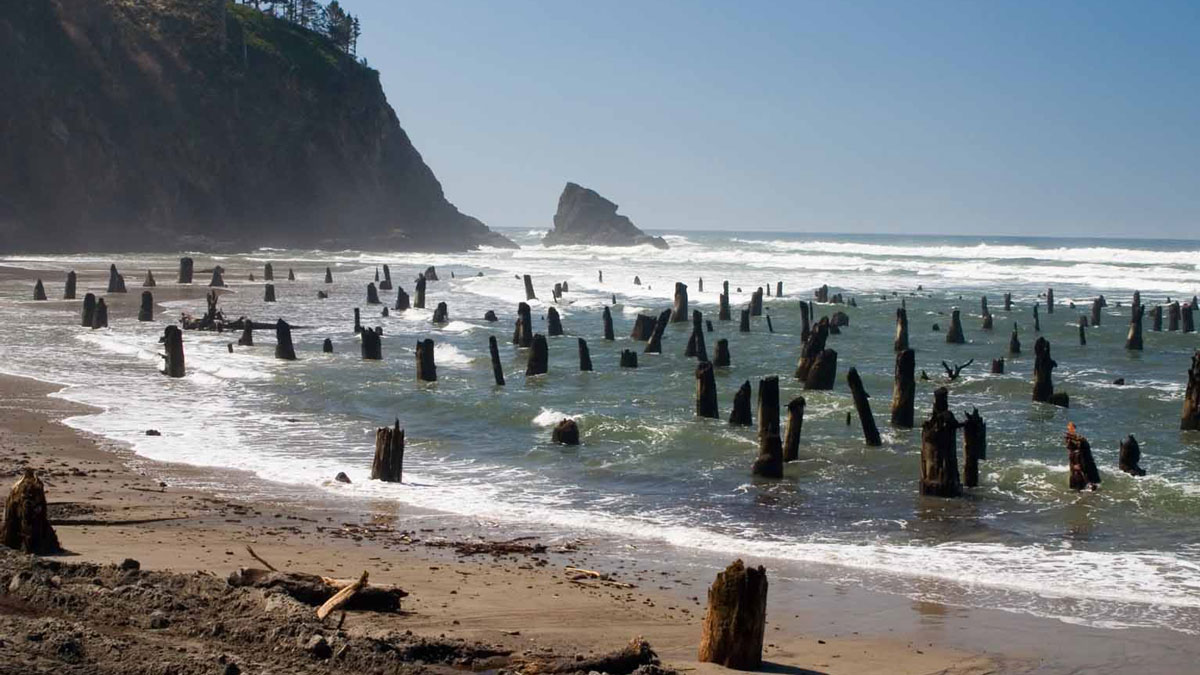Researchers have long known about the formidable scale of the Dmanisis Gora fortress, but a recent study has unveiled its true magnitude. Using drone-based imagery and photogrammetry, a team of scientists has revealed that this 3,000-year-old structure in the Caucasus Mountains spans an astonishing 60 to 80 hectares.

A cultural crossroads
The South Caucasus is a region that today largely corresponds to the countries of Armenia, Georgia, and Azerbaijan, which are sometimes called the ‘Caucasus states’. The area, marked by rugged mountains and diverse ecosystems, has long been a hub of human activity.
As the area is situated at the boundary between Europe, the Eurasian Steppe, and the Middle East, the Caucasus has been a cultural crossroads with distinctive local identities. It’s also a place that has had to withstand some of the most expansive empires in human history.
Some 4,500 years ago, fortress settlements started emerging in the area. These fortresses weren’t like traditional cities. They combined defensive strategies with communal living spaces.
This is exactly the case of Dmanisis Gora.
A city-fortress
Located on a plateau with steep-sided gorges providing natural defenses, the fortress showcases the ingenuity of its builders. Defensive walls, some extending over a kilometer, enclose not only the inner fortress but also an expansive outer settlement. These features suggest that the site served as both a stronghold and a center of social and economic activity.
Dr. Nathaniel Erb-Satullo, Senior Lecturer in Architectural Science at Cranfield Forensic Institute, has been researching the site since 2018. Working with Dimitri Jachvliani, his co-director from the Georgian National Museum, the scientists conducted an aerial survey of the region.
“That was what sparked the idea of using a drone to assess the site from the air,” commented Dr. Erb-Satullo.
“The drone took nearly 11,000 pictures which were knitted together using advanced software to produce high-resolution digital elevation models and orthophotos—composite pictures that show every point as if you were looking straight down.

This approach is called photogrammetry. In this technique, researchers take numerous, partially overlapping aerial photos. They measure precisely (up to a few millimeters) where the photos were taken and then they use complex algorithms to stitch them together.
“These datasets enabled us to identify subtle topographic features and create accurate maps of all the fortification walls, graves, field systems, and other stone structures within the outer settlement. The results of this survey showed that the site was more than 40 times larger than originally thought, including a large outer settlement defended by a 1km-long fortification wall.”
The researchers also compared the results with 50-year-old photos taken by a Cold War-era spy satellite declassified in 2013, nothing which features were new and which were ancient.
Life at a mega-fortress

At Dmanisis Gora, life revolved around a duality—protection and community. The heart of this settlement was its inner fortress, enclosed by double defensive walls. Here, people lived year-round, surrounded by sturdy stone structures and remnants of their daily lives. Excavations have unearthed ceramics, charred seeds, and even pig remains, hinting at a community that was both self-reliant and closely knit.
Beyond the main walls stretched an outer settlement, sprawling over 60 to 80 hectares. Imagine walking through dispersed compounds—some rectangular, others curvilinear—separated by open spaces. This wasn’t a dense city. It was a unique kind of settlement, where people could coexist while still maintaining their independence.
This is why Dmanisis Gorais so intriguing for archaeologists, because it represents a strange settlement type, blending features of urban and rural life. Its size rivals that of medieval towns in the region, yet its layout suggests a different kind of community structure. Unlike densely packed urban centers, Dmanisis Gora’s outer settlement consisted of dispersed compounds with open spaces in between.
Rethinking ancient life
The discovery of Dmanisis Gora contributes to a broader understanding of ancient settlement patterns across Eurasia. It challenges traditional definitions of urbanism. By studying sites like Dmanisis Gora, archaeologists can draw parallels with other regions, shedding light on how early societies adapted to challenges such as conflict, mobility, and resource management.
“Dmanisis Gora isn’t just a significant find for the Southern Caucasus region, but has a broader significance for the diversity in the structure of large-scale settlements and their formation processes.
“We hypothesize that Dmanisis Gora expanded because of its interactions with mobile pastoral groups, and its large outer settlement may have expanded and contracted seasonally. With the site now extensively mapped, further study will start to provide insights into areas such as population density and intensity, livestock movements and agricultural practices, among others.”
Moreover, the site’s scale and complexity suggest that Late Bronze and Early Iron Age societies in the South Caucasus were more interconnected and sophisticated than previously thought. This finding aligns with emerging evidence of extensive trade networks and cultural exchanges during this period.
The study was published in the journal Antiquity.









Leave a Comment